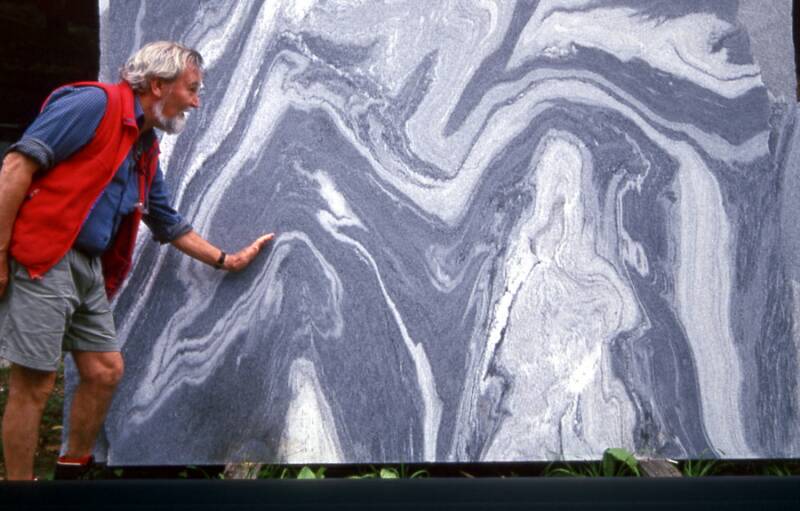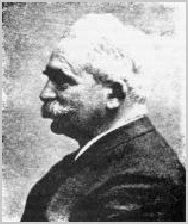John Ramsay, the most influential and gifted structural geologist of our time, explaining the geometry of extreme deformation in polydeformed metamorphic rocks uplifted and exposed as the erosional remnants of an ancient orogenic core.
Nineteenth-century German engineer Otto Mohr is credited with the development of the Mohr Circle, an ingenious graphical method of analysis of the states of stress and strain of a stressed and deformed body. It is widely applied in problem-solving in both modern engineering and geology.
Strain. Strains are the physical responses of objects to stresses and are referred to as deformation. They are classified on the basis of the changes in lengths of objects measured with respect to the directions of the stresses which caused them. An increase in the length of an object in a particular direction is referred to as extension. The object is therefore said to have experienced extensional strain. A decrease in the length of an object on the other hand is referred to as shortening. This object is said to have experienced shortening strain. Similarly, a object which has been rotationally deformed is said to have experienced shear strain. Obviously, net tensional stresses result in extensional strains, net compressional stresses result in shortening strains, and shear stresses result in shear strains. Strain is expressed as the ratio of the net change in length of an object (measured in a particular direction) to the original (or undeformed) length (measured in the same direction). The symbol for strain is the lower-case Greek letter epsilon. The equation for strain is
Strain = (Deformed Length - Undeformed Length)/Undeformed Length
Strain is a unitless number whose sign indicates the type of deformation. Negative strains indicate shortening strains, positive numbers indicate extensional strains. Undeformed objects possess a strain of zero. The larger the number, the greater the amount of deformation. Objects with a strain of +1.0 have doubled their length whereas objects with a strain of -0.5 have been shortened to one-half of their original length.
Questions
1. Briefly define the term stress. Which other, more frequently used term is equivalent to stress? Name the three basic types of stress.
2. Briefly define the term strain. Which other, more frequently used term is equivalent to strain? How is strain related to stress?
3. How does tensile stress differ from compressive stress?
4. How does extensional strain differ from shortening strain?
5. How does shear stress differ from shear strain?
6. Calculate the amount of strain experienced by an object whose original (undeformed) length of 1.0 centimeters is now 0.50 centimeters. Which type of strain has the body experienced? How do you know this from your calculations?

